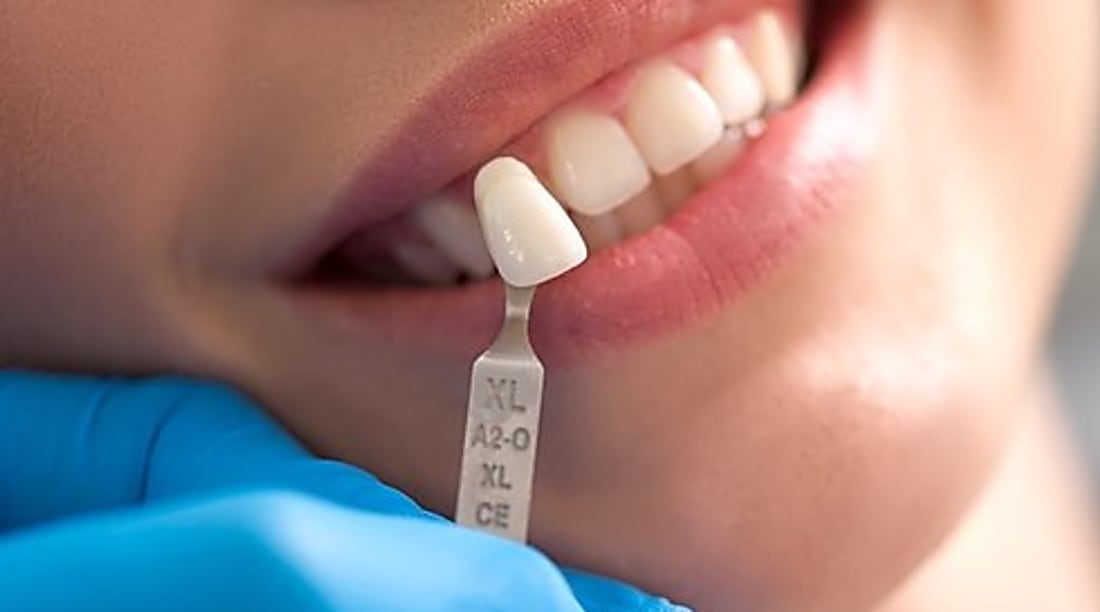Permanent Tooth Replacement: Dental Implant Essentials
Discover how dental implants provide a long-term solution for missing teeth. Learn how titanium posts integrate with the jawbone to recreate natural tooth roots, the step-by-step treatment timeline, cost considerations, and upkeep tips. This in-depth guide explains permanent tooth replacement with dental implants and what to expect at every stage, helping you make an informed decision about restoring function, appearance, and oral health.

Dental implants have transformed modern tooth replacement by recreating the root structure with a biocompatible metal post that fuses to the jawbone. For many people, implants restore chewing ability, speech, and confidence with a solution that closely resembles natural teeth in look and function. This guide explains the advantages, the treatment timeline, pricing variables, and how to care for implants to maximize their longevity.
Why Choose Dental Implants
Compared with removable dentures or conventional bridges, dental implants offer several important benefits for oral health and daily life. The implant’s titanium post stimulates and supports the jawbone, helping to prevent the bone loss that commonly follows tooth loss. Maintaining bone volume preserves facial contours and reduces the risk of neighboring teeth shifting out of place.
Functionally, implants behave like natural teeth. They let you bite and chew a wider variety of foods without the slipping or clicking that can come with dentures. Because each implant anchors a crown, bridge, or denture securely, you won’t need to remove them for cleaning in most cases. Over many years this stability can make implants a cost-effective choice despite higher upfront expenses.
The Step-by-Step Implant Process
Receiving dental implants generally takes place over several months and includes distinct stages to ensure a stable outcome.
-
Evaluation and planning: Your dentist or oral surgeon will review your medical and dental history, examine your mouth, and take imaging such as X-rays or a CBCT scan to assess bone volume and anatomy. This phase determines whether you are a candidate right away or need preparatory procedures.
-
Surgical placement: The implant—a small, screw-shaped titanium post—is inserted into the jawbone during a minor surgical procedure. Local anesthesia is commonly used, and many patients report manageable post-operative discomfort.
-
Healing and osseointegration: Over weeks to months the bone grows around the implant in a process called osseointegration, creating a solid foundation. The exact healing time varies by individual and by jaw location.
-
Abutment and restoration: After integration, an abutment (a connector) is attached to the implant and a custom crown, bridge, or implant-supported denture is fabricated and fitted. Adjustments are made to ensure proper bite and comfort.
Some patients may require extra procedures such as bone grafting or sinus lifts before implant placement; these are factored into the overall treatment timeline and cost.
Costs and Treatment Options
Costs for dental implants differ widely depending on geography, the number of implants, and any preparatory or adjunctive procedures required. Below is a typical range to help with budgeting and planning.
| Procedure Type | Typical Cost Range | Possible Additional Procedures |
|---|---|---|
| Single tooth implant (implant + crown) | $3,000 - $4,500 | Bone grafting: $200 - $3,000 |
| Full-arch restoration (All-on-4 style) | $20,000 - $30,000 | Sinus lift: $1,500 - $2,500 |
| Implant-supported bridge | $5,000 - $16,000 | Tooth extraction: $75 - $300 per tooth |
Prices, rates, or cost estimates mentioned in this article are based on the latest available information but may change over time. Independent research is advised before making financial decisions.
When comparing estimates, confirm whether fees include diagnostics, surgical placement, abutments, temporary restorations, final prostheses, and follow-up visits. Insurance coverage varies; some plans contribute to parts of the treatment while others consider implants elective.
Caring for Your Implants
Once restored, dental implants need routine care similar to natural teeth. Daily brushing with a soft-bristled brush and interdental cleaning (flossing or specialized brushes) removes plaque from around implants. Regular dental check-ups and professional cleanings allow your provider to monitor gum health and detect early signs of complications.
Although implants themselves cannot develop cavities, the surrounding gum tissue can suffer from inflammation or infection (peri-implantitis) if plaque control is neglected. Smoking and uncontrolled systemic conditions such as diabetes can also increase the risk of implant failure, so discuss risk factors with your clinician.
Success Rates and Long-Term Outlook
With appropriate patient selection, careful surgical technique, and diligent oral hygiene, dental implants enjoy success rates above 95%. Longevity depends on factors including oral hygiene, bone quality, general health, and the quality of the prosthetic restoration. Routine maintenance and timely care for any issues greatly enhance the chances that your implants will last many years or even a lifetime.
Choosing dental implants is a thoughtful decision that balances immediate costs with potential long-term benefits: improved function, aesthetics, and preservation of oral structures. Consulting with a qualified dental professional will help you understand whether implants are the right option for your needs and what to expect throughout the process.
This article is for informational purposes only and should not be considered medical advice. Please consult a qualified healthcare professional for personalized guidance and treatment.






